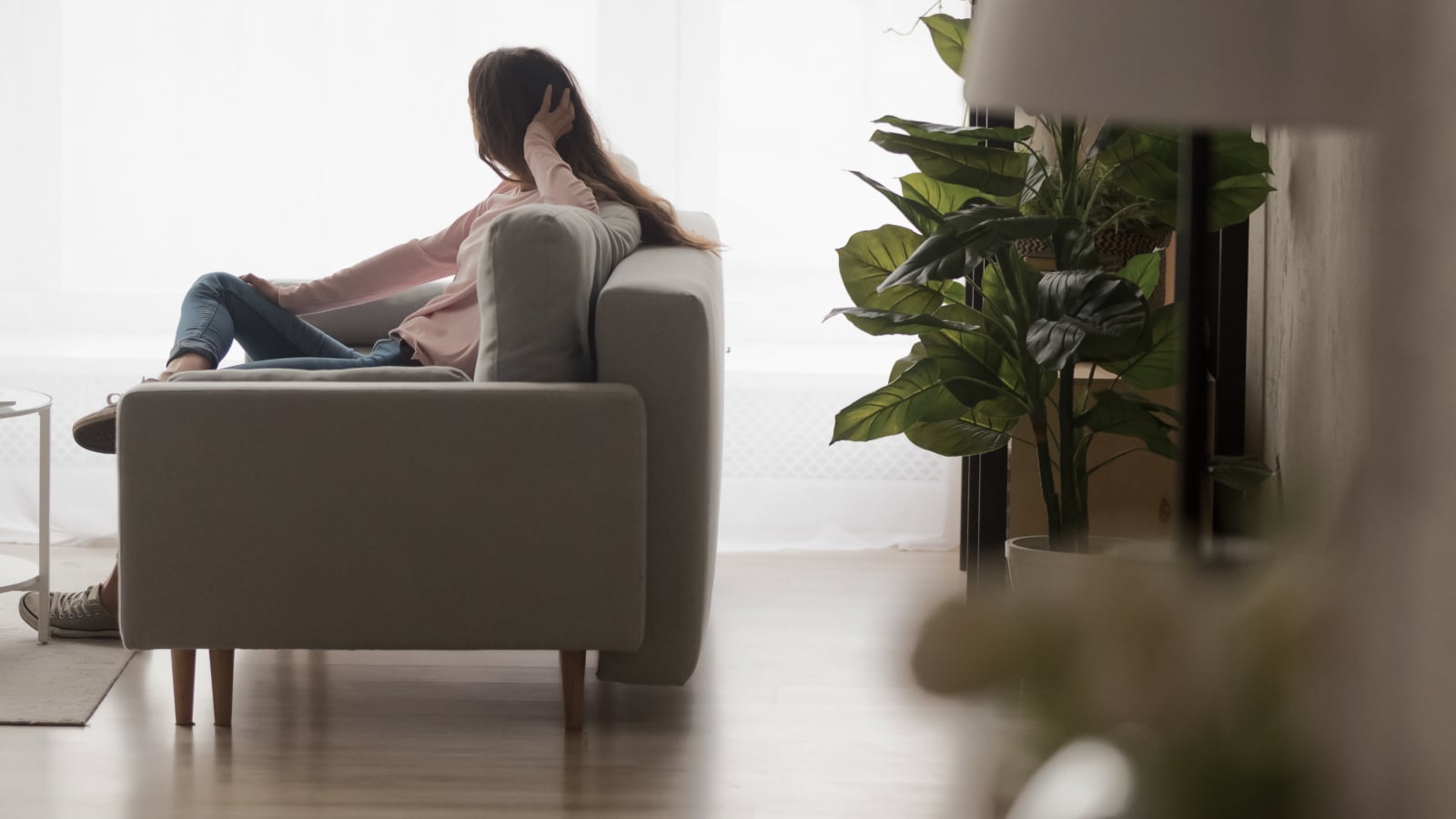A camera lens is one of the most critical components of any photographic or surveillance system. Its cleanliness directly impacts the quality of your images or footage. Although lenses are made of durable materials and delicate glass, they require regular, careful maintenance to ensure that the camera operates effectively. Proper cleaning isn’t just about appearance; it’s a vital process that preserves the integrity of your equipment and guarantees clear, high-quality images.
This comprehensive guide will explain everything you need to know about cleaning your camera lenses effectively and safely. Whether you’re a professional photographer, security system installer, or a home user who wants to keep their security cameras in top shape, understanding the correct techniques and tools will help you avoid damaging your equipment and ensure optimal results.
Understanding the importance of lens maintenance
In optical cameras, a lens focuses light precisely onto the sensor to produce sharp, detailed images. Over time, however, environmental exposure causes dirt, dust, fingerprints, and even moisture to settle on the surface. For outdoor security cameras, this buildup can come from rain, pollen, bird droppings, or airborne pollutants. Indoor environments aren’t immune — fingerprints from handling, dust particles, and airborne grime can also obscure the lens.
The accumulation of dirt and smudges degrades image quality. Blurry, hazy, or obscured footage reduces security effectiveness and can compromise legal evidence or identification efforts. Furthermore, microscopic particles or persistent residues can damage the delicate lens coatings over time, impairing the device’s longevity.
Regular cleaning is essential to maintaining high-quality images and ensuring your surveillance or photographic equipment remains practical and durable. Experts recommend establishing a routine cleaning schedule: typically every three to four weeks for indoor cameras and more frequently for outdoor or dusty environments.
Sustaining clean and well-maintained lenses is crucial for maximizing the performance and longevity of your security setup. When upgrading or expanding your video surveillance system, explore our catalog of security cameras designed to meet your specific needs. Quality equipment combined with regular care ensures your safety is always in focus.
What equipment is needed to clean a security camera lens?
You'll need the right tools to clean your security camera lens safely and effectively. Proper cleaning supplies not only protect delicate surfaces but also ensure that dust, fingerprints, and grime are removed without causing damage, helping maintain clear video footage. Additionally, having the appropriate equipment promotes safety and compliance during the process.
Required supplies include:
- Microfiber cloth: a soft, non-abrasive cloth that is ideal for removing fingerprints and dust and doesn't scratch the lens surface.
- Optical cleaning solution: a cleaning agent specially formulated for lenses cleans them thoroughly without damaging coatings or leaving streaks.
- Compressed air: provides a gentle blast to remove loose dust and debris, reducing the chance of scratching during cleaning.
- Ladder or step stool: necessary for safe access to cameras installed at height to thoroughly clean them from all sides.
- Gloves: wearing latex or nitrile gloves prevents oils and dirt from your hands from getting onto the lens, maintaining cleanliness.
Important note:
Never use harsh chemicals, abrasive pads, or household products such as paper towels to clean your camera lens or dome cover. These can scratch or degrade the surface and coatings, reducing image quality and potentially damaging the equipment.

Step-by-step guide for cleaning your camera lens
Regular maintenance of your security camera ensures it delivers clear, reliable footage. Proper cleaning enhances image quality and helps extend the life of your equipment. Follow these simple yet important steps carefully to keep your camera lenses spotless and your security system running at its best.
Step 1. Power down and unplug
Before beginning, please turn off your camera and disconnect it from the power supply. This prevents accidental damage and ensures safety, especially for outdoor cameras that are exposed to the elements.
Step 2. Remove a protective cover or dome
If your camera has a protective cover or dome, follow the manufacturer’s instructions to detach it gently. Removing these components allows for a more thorough cleaning of the lens and the cover.
Step 3. Clean the lens of dirt and dust
Use a can of compressed air or a blower brush to gently remove loose particles from the lens surface and surrounding crevices. This step helps prevent scratches during wiping.
Step 4. Apply a few drops of cleaning solution
Moisten a microfiber cloth with a few drops of optical cleaning solution. This prevents damage caused by excess liquid or chemicals. Never spray the solution directly onto the lens!
Step 5. Gently wipe the lens
Using a damp microfiber cloth, wipe the lens with gentle circular motions. Start from the center and move outward, removing oils and smudges without applying excessive pressure.
Step 6. Tackle stubborn spots
For tough residues such as dried bird droppings or stubborn oil smudges, use a clean corner of the microfiber cloth, a lens cleaning pen, or a soft brush to gently remove debris. Do not use abrasive materials.
Step 7. Dry and polish the lens
Use a dry microfiber cloth to gently polish the lens and remove streaks or remaining moisture, ensuring a clear, smear-free surface.
Step 8. Clean the cover or dome
For outdoor or dome cameras, clean both the inside and outside of the protective cover. Use a clean microfiber cloth and be careful not to scratch or damage seals.
Step 9. Reassemble and inspect
Securely reattach the cover or dome. Carefully inspect the lens and cover for any missed smudges or debris. Repeat the cleaning process if necessary.
Step 10. Final checks and maintenance
Tighten any loose screws, ensure the camera is properly sealed, and record the cleaning date. To maintain optimal performance, establish a routine: every 2–4 weeks for indoor cameras and more frequent cleaning for outdoor devices.
Critical dos and don’ts for camera lens cleaning
Proper cleaning keeps your lens clear and prevents damage. Knowing the key dos and don’ts ensures your camera remains in top condition and delivers sharp, clear images every time.
Do | Don’t |
|---|---|
Use a high-quality microfiber cloth designed for optical surfaces. | Use rough or abrasive materials such as tissues, paper towels, or household scrub pads, as they can scratch the lens. |
Apply a special lens cleaning solution directly to the microfiber cloth, not to the lens. | Spray or pour cleaning solutions directly onto the lens, as this may damage the lens coating. |
Gently wipe the lens in a circular motion from the center outward to remove smudges effectively. | Press hard or scrub aggressively, as this may risk scratching or damaging the coating. |
Blow off loose dust and debris with compressed air or a blower brush before wiping. | Blow forcefully or blow directly onto the lens with your mouth or excessive canned air, as this can push dust inside or damage the seals. |
Turn off and unplug the camera before cleaning. | Clean a hot or powered camera, as this increases the risk of damage or electrical issues. |
Use gloves if you’re handling multiple devices or in dirty environments to avoid transferring oils. | Touch the lens with bare fingers, as oily skin can cause smudges. |
Regularly schedule cleaning based on environmental conditions. | Leave the camera dirty for long periods of time, as this may impair image quality. |

Additional tips for operating outdoor security cameras
Outdoor cameras are exposed to harsher elements. Regularly inspect not only the lens but also the dome or cover. Use a soft microfiber cloth and a special lens cleaning solution tailored for outdoor conditions. Be cautious: aggressive scrubbing or harsh chemicals can damage the protective coatings designed to withstand weather.
Cleaning often helps prevent dust buildup, which can obscure the camera's view. During rain or moisture, prevent fogging or condensation by ensuring the seals are intact and cleaning off any moisture with a microfiber cloth. Some camera models feature anti-fog coatings or built-in heaters; maintaining these features through regular cleaning helps prolong their effectiveness.
FAQs on camera lens cleaning
How do I know if my camera lens needs cleaning?
If your footage appears blurry and hazy, or if there are spots on the image, it’s time to clean the lens. Frequent inspection can prevent quality deterioration.
Can I clean the lens while the camera is powered on?
It’s safer to turn off and unplug the camera before cleaning. Powering down prevents accidental damage or short circuits.
Is internal lens cleaning possible?
No. Cleaning inside the lens assembly requires professional service or manufacturer intervention. Attempting internal cleaning without expertise can damage the camera.
How can I prevent fogging or condensation on outdoor camera lenses?
Regular cleaning, proper sealing, and sometimes applying anti-fog solutions or using dehumidifiers can help prevent condensation.
How do I clean outdoor surveillance camera lenses without damaging them?
Use gentle movements, soft microfiber cloths, and special optical cleaners. Avoid abrasive materials or excessive force.
The importance of regular lens maintenance
Maintaining your camera lenses clean is essential for ensuring high-quality footage, whether for security or photography. Proper cleaning techniques — gentle, precise, and regular — will extend the life of your equipment and guarantee the best possible image clarity.
Remember, patience and the right tools are your best allies. By integrating routine maintenance into your security system or photography workflow, you ensure your equipment remains reliable, clear, and effective in capturing the moments that matter.
Roman Konchakivskiy
Head of Ajax Academy




